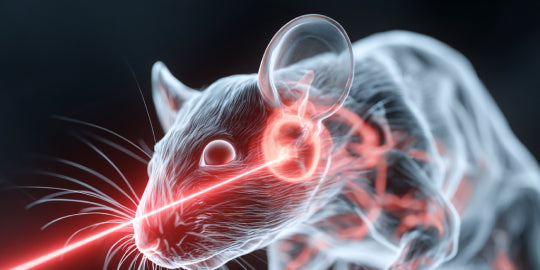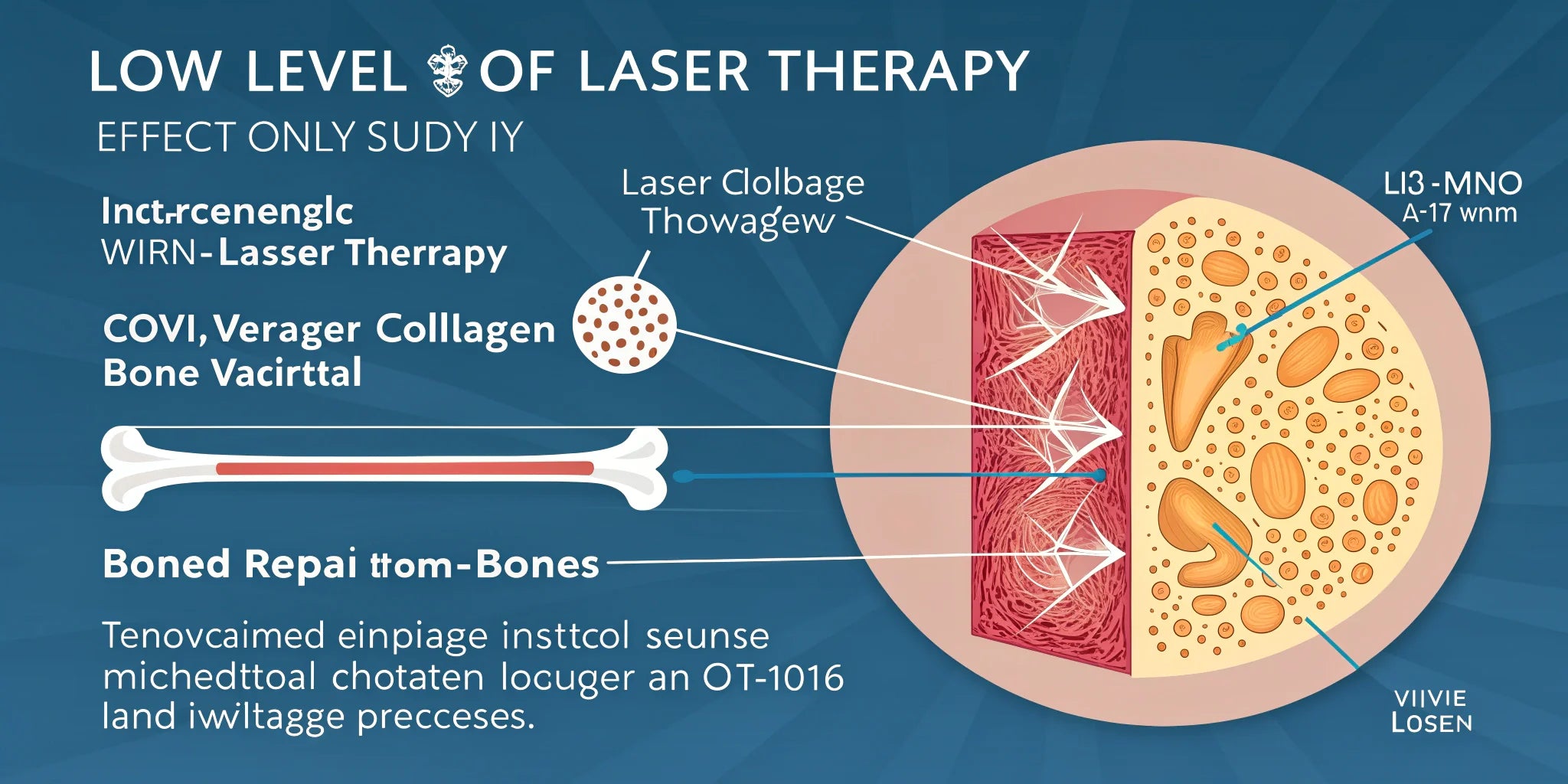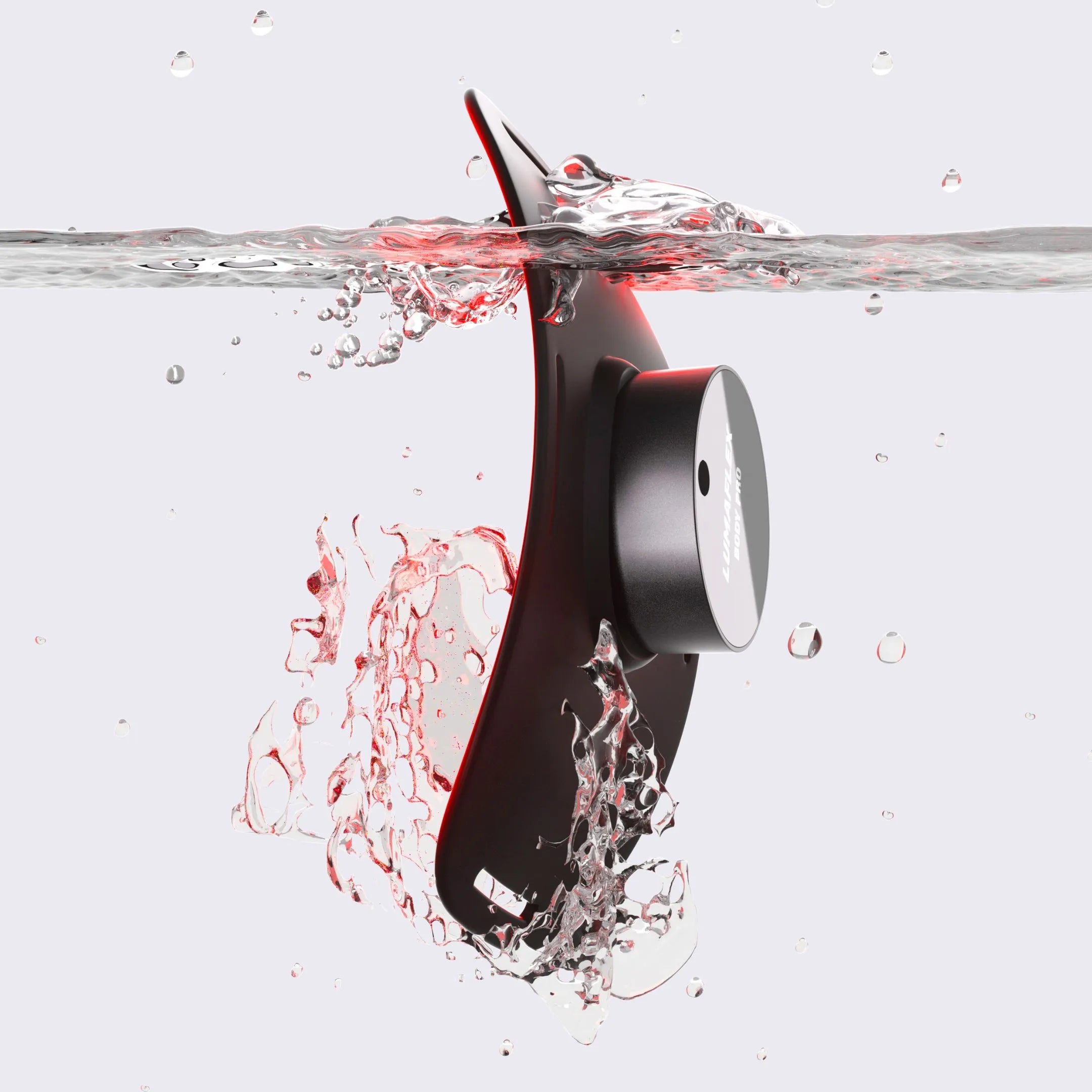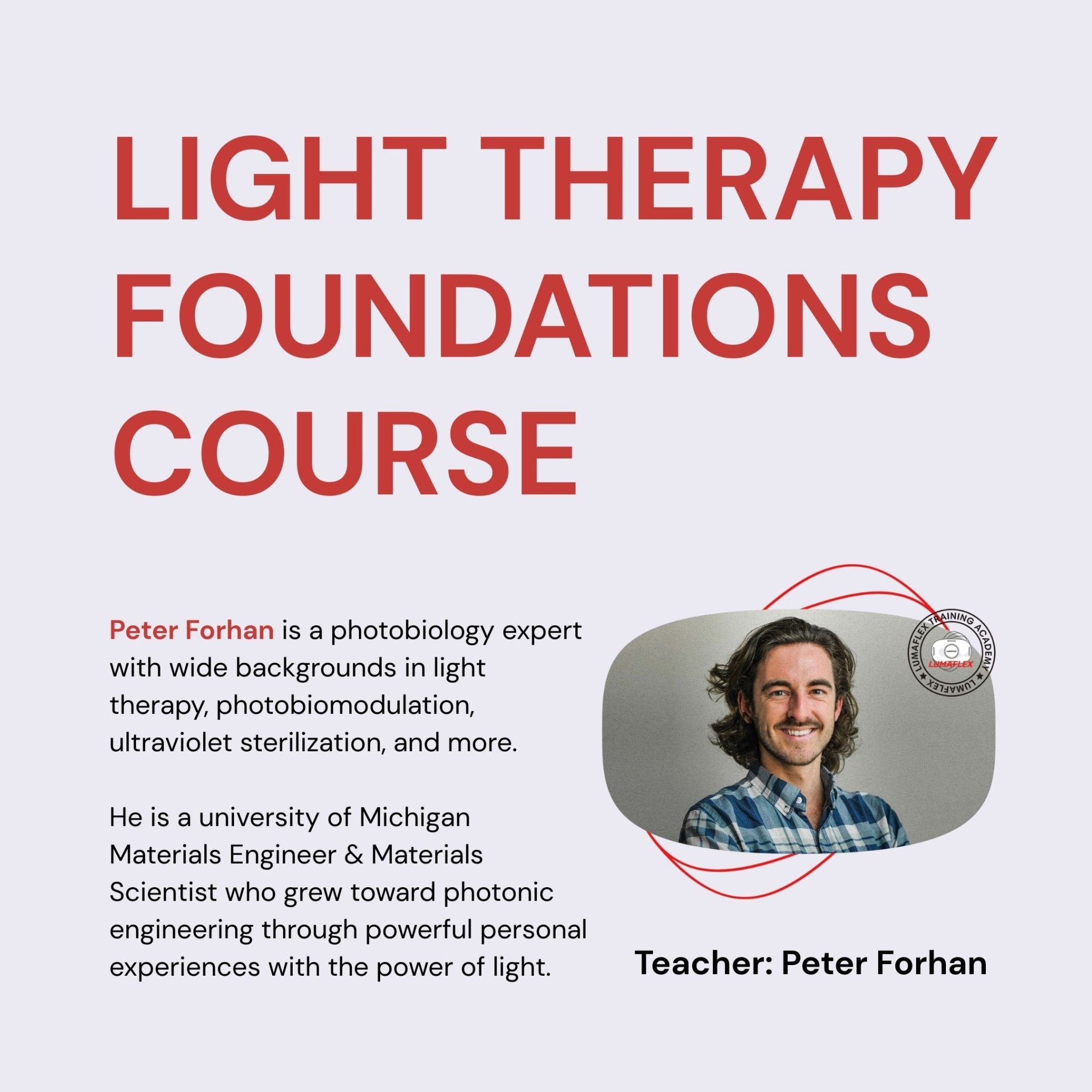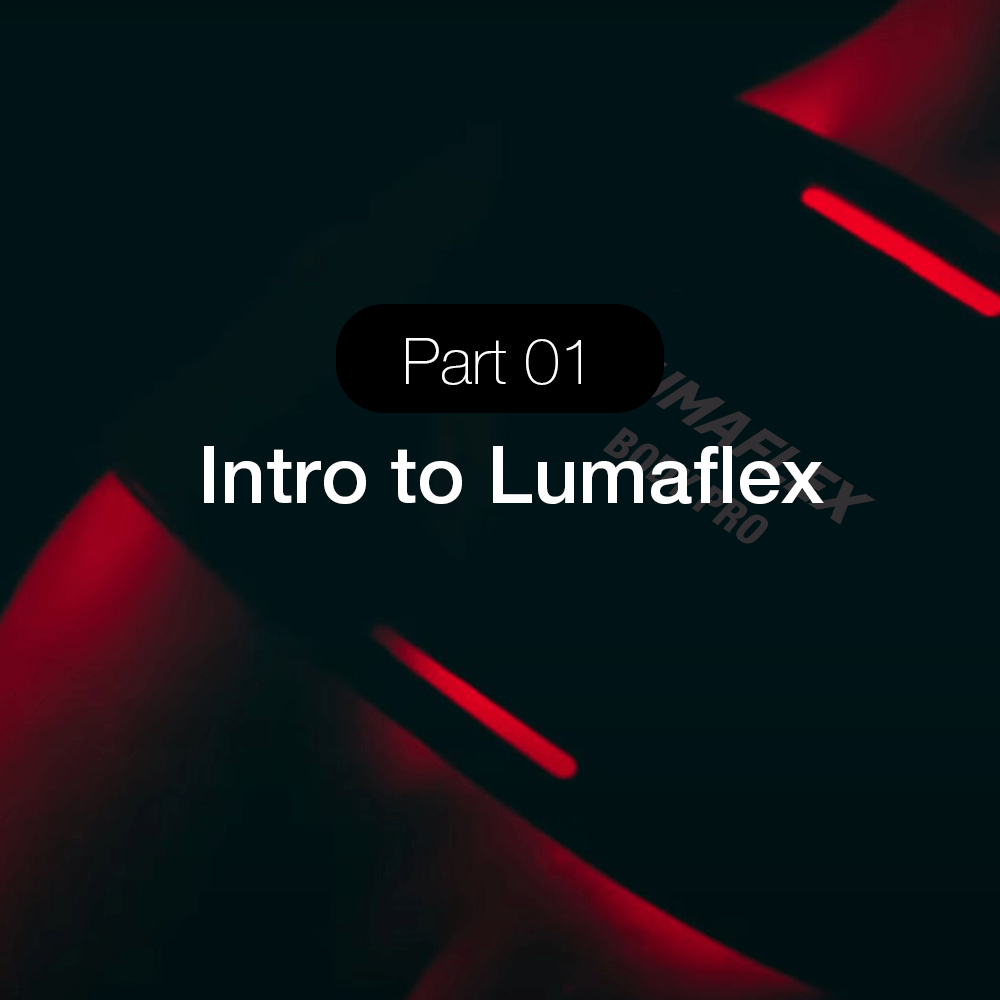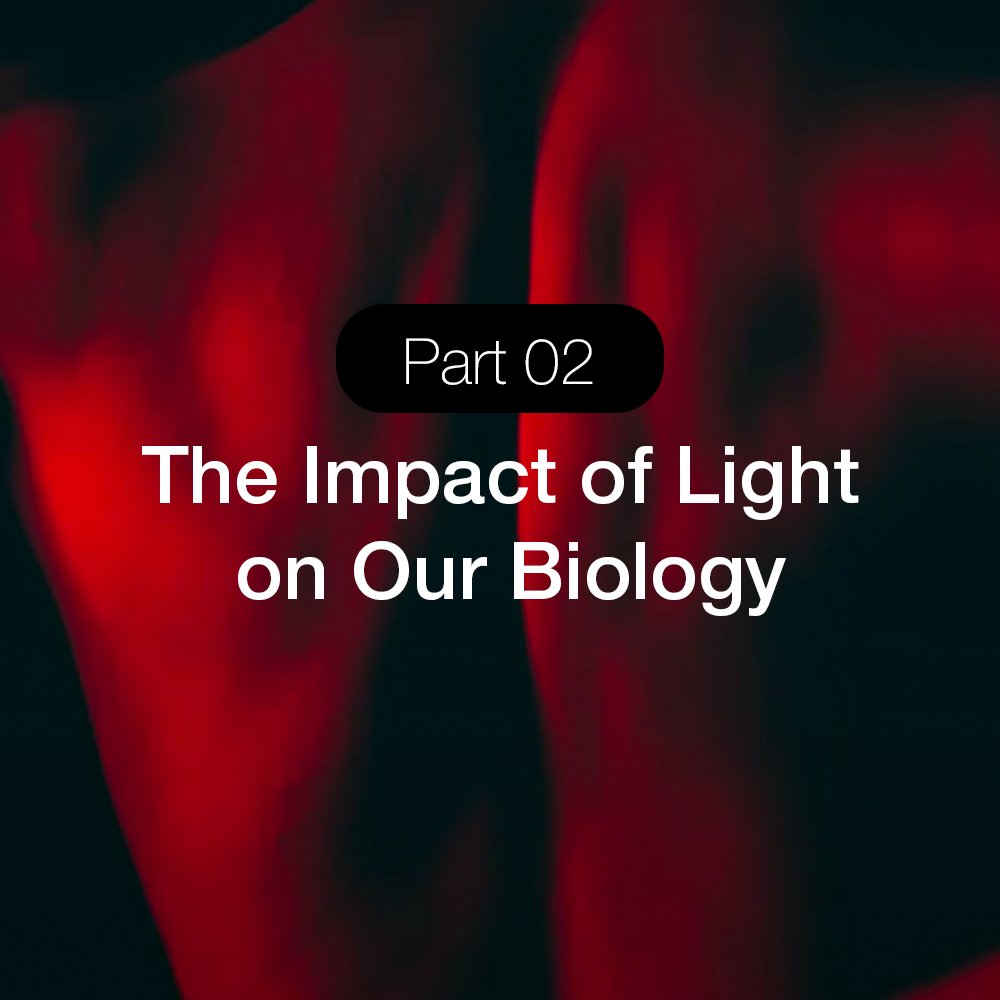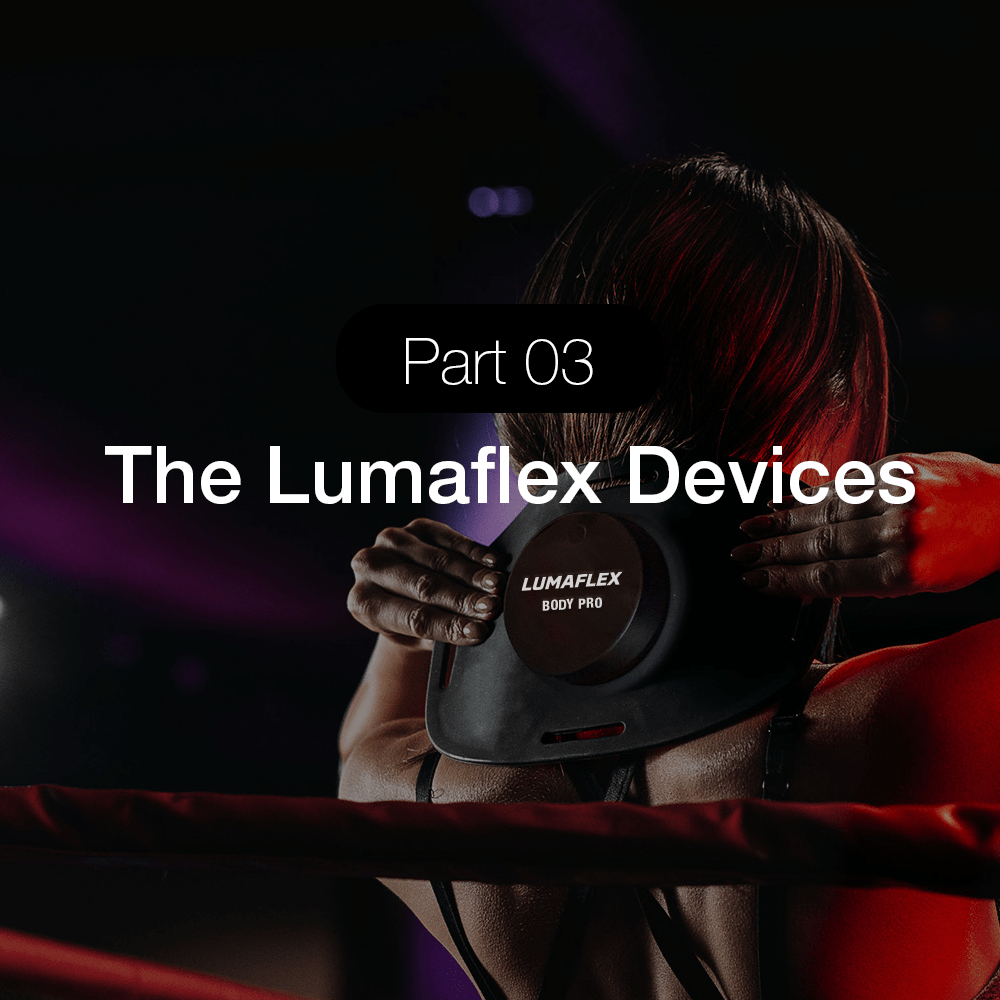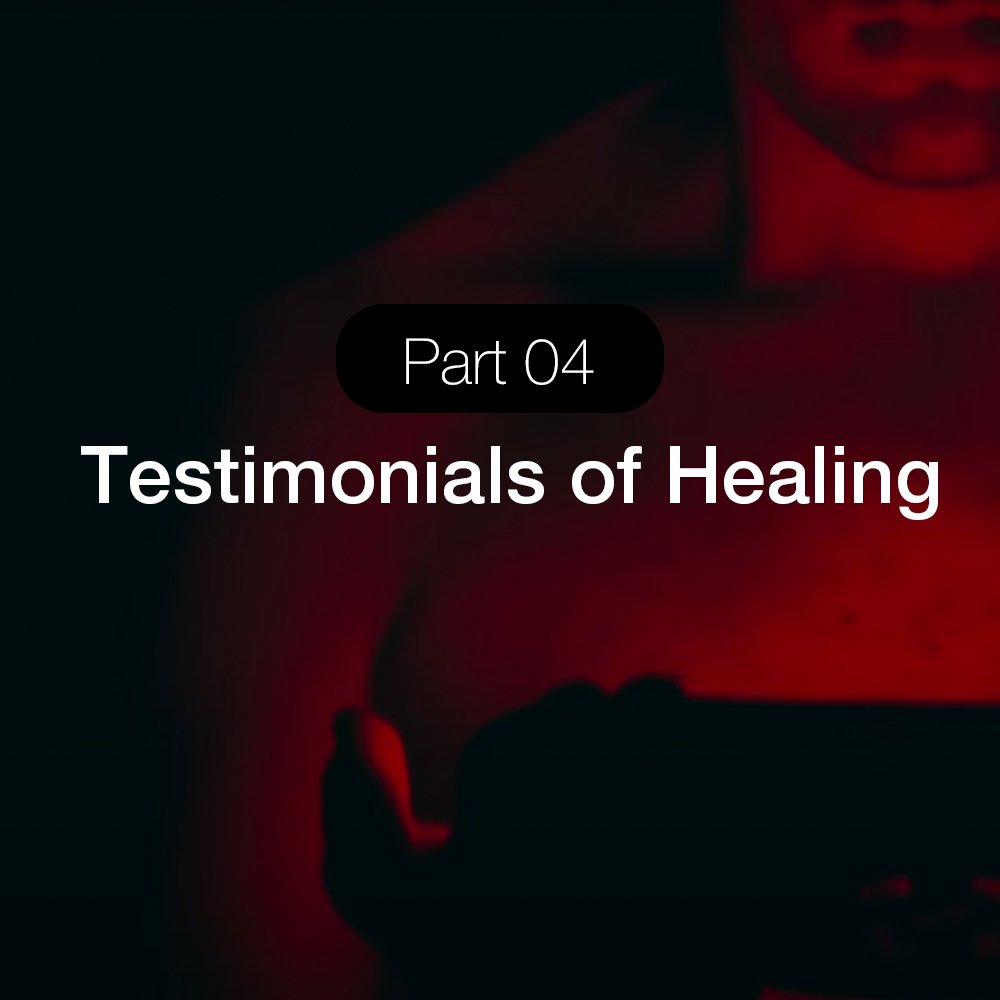Enhanced Bone Volume via 1064nm Nanosecond Pulsed Laser Irradiation: Increased Osteoblast Activity and Reduced Osteoclast Number
Study Overview
- Description: This study aimed to clarify the mechanism by which nanosecond pulsed laser irradiation increases bone volume. Researchers irradiated the rat femur with a Q-switched Nd: YAG laser and analyzed the bone structure and cells.
- Source: PubMed
Summary
- Participants: Rat femur.
- Intervention: The rat femur was irradiated with a Q-switched Nd:YAG laser with a wavelength of 1064 nm.
- Methods: Bone trabecular architecture was evaluated using 3D morphometric analysis and bone mineral density (BMD) was measured with pQCT on days 1, 3, 5, and 7 after laser irradiation. The effects of the laser on bone cells were also investigated using histological and immunohistochemical analysis.
- Conclusion: On day 7 after nanosecond pulsed laser irradiation, the irradiated group showed significantly greater bone volume, trabecular thickness, mineral apposition rate, and BMD compared to the non-irradiated group. Histological analysis revealed a lower number of osteoclasts and activated osteoblasts on day 3. This suggests that the increased bone volume is caused by an increase in osteoblast activity and a decrease in osteoclast number.


